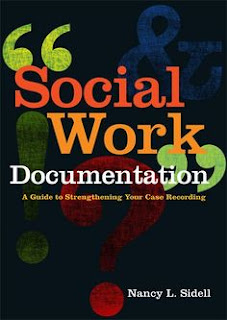The Strength Approach
The strength based approach operates on the assumption that people have strengths and resources for their own empowerment. Traditional teaching and professional development model concentrate on deficit based approaches, ignoring the strengths and experience of the participants. In strength based approach the focus is on the individual not the content. Drawing on appreciative enquiry, strength based methodologies do not ignore problems. Instead they shift the frame of reference to define the issue. By focusing on what is working well, inform successful strategies support the adaptive growth of organizations and individuals. A belief and a approach that every individual, group, organization and community has strengths allow us to focuses on identifying, mobilizing, and honoring the resources, assets, wisdom, and knowledge that every person, family, group, or community has. This process of re-discovery with the community or individual’s helps, assists in healing and ensuring that their full potential is brought out for creating meaningful patterns that can see as being useful. An opportunity therefore is offered to fathom their inner strengths. The strengths perspective recognizes that for the most art of life, people face adversity, become resilient and resourceful and learn new strategies to overcome adversity. It would be pertinent to consider resilience in the context of strengths perspective ‘as the opportunity and capacity of individuals to navigate their way to psychological, social, cultural, and physical resources that may pull together during crisis and provide them an opportunity and capacity individually and collectively to negotiate for life following adversity in appropriate and culturally meaningful ways’ (pulla, V., 2012). Thus using client’s personal strengths and in discovering resources in the environments to fulfill the client’s needs and to enhance the client’s resilience (Norman, 2000). In fact the environment is conceptualizes as “ the helping environment”, in a strengths based practice (Early and GlenMaye, 2004, p.113).
The emphasis is certainly on ‘getting up’ to see opportunities to growth and development. It would be naïve to think that a strengths perspective allows social workers to casually taciturn the real pains and troubles that affect our clients and our societies. It is widely acknowledged that poverty, child sexually abuse, and violence towards elderly, torture and racism all these are ‘real problems’ and they exist. ………..
Clearly we are unaware of the upper limits of human capacity to grow and change, therefore the message is to take the individual, group and community aspirations seriously. This approach allows us as human service worker to go beyond the assessment, diagnosis, or profiling and presenting verdicts on peoples live. if we aim social work to be a profession that work with people to build their hopes, values, aspirations, and visions, then strengths approach obviously lets us deal with all those possibilities through a collaborative pathway. For this to happen we need to be open to the idea that our clients do have the wisdom, knowledge, and experience that our clients bring with them and that in combination with the specialized skills and experience that the facilitator may have a valuable outcome can be created . This could not happen if the end user voice is not heard and valued at all levels of management of change.
(Source: Papers in Strengths based Practice, 2012 P.3)





Thank You
ReplyDeleteAnd everyone can share their views regarding social work on this blog.